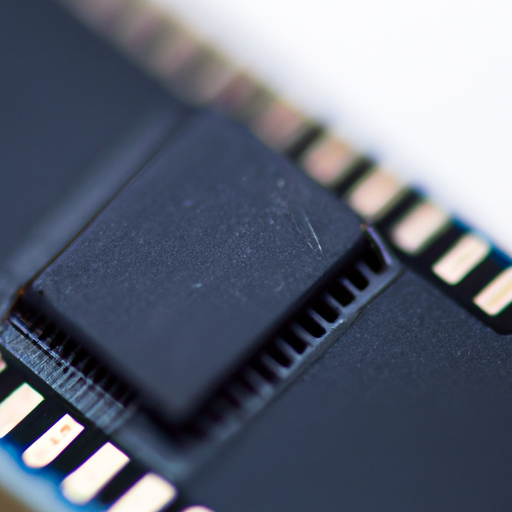
When it comes to hardware, there are several mainstream models that are commonly used in the technology industry. These models help to categorize and understand the different types of hardware components that are used in computers and other electronic devices. In this article, we will explore some of the most popular mainstream models of hardware and discuss their key features and uses.

The Von Neumann architecture is one of the most well-known and widely used models of hardware in the technology industry. This model is named after the Hungarian-American mathematician and computer scientist John von Neumann, who first proposed the concept in the 1940s. The Von Neumann architecture is characterized by a central processing unit (CPU) that is responsible for executing instructions and performing calculations, as well as a memory unit that stores data and instructions.
One of the key features of the Von Neumann architecture is the use of a single bus system to transfer data between the CPU and memory. This allows for efficient communication between the two components and enables the CPU to quickly access and retrieve data as needed. The Von Neumann architecture is used in a wide range of electronic devices, including computers, smartphones, and tablets.
2. Harvard Architecture
The Harvard architecture is another popular model of hardware that is commonly used in the technology industry. This model is named after Harvard University, where it was first developed in the 1940s. The Harvard architecture is similar to the Von Neumann architecture in many ways, but it differs in the way that it handles data and instructions.
In the Harvard architecture, the CPU has separate memory units for storing data and instructions. This allows for simultaneous access to both types of information, which can improve the overall performance of the system. The Harvard architecture is often used in embedded systems and other specialized applications where high-speed data processing is required.
3. RISC Architecture
RISC (Reduced Instruction Set Computing) architecture is a type of hardware model that is designed to streamline the instruction set of a CPU in order to improve performance and efficiency. RISC processors are characterized by their simple and efficient instruction set, which allows for faster execution of instructions and reduced power consumption.
One of the key features of RISC architecture is the use of a small number of simple instructions that can be executed quickly by the CPU. This can help to improve the overall performance of the system and make it more efficient at handling complex tasks. RISC architecture is commonly used in mobile devices, gaming consoles, and other applications where speed and efficiency are important.
4. CISC Architecture
CISC (Complex Instruction Set Computing) architecture is another popular model of hardware that is commonly used in the technology industry. CISC processors are characterized by their complex and powerful instruction set, which allows for a wide range of operations to be performed by the CPU.
One of the key features of CISC architecture is the use of multi-step instructions that can perform complex tasks in a single operation. This can help to simplify programming and make it easier to write software for CISC processors. CISC architecture is commonly used in desktop computers, servers, and other applications where a high level of processing power is required.
5. Parallel Processing
Parallel processing is a hardware model that involves the use of multiple processors or cores to perform tasks simultaneously. This can help to improve the overall performance of the system and make it more efficient at handling complex tasks. Parallel processing is commonly used in high-performance computing applications, such as scientific research, weather forecasting, and financial modeling.
One of the key features of parallel processing is the ability to divide tasks into smaller sub-tasks that can be executed in parallel by multiple processors. This can help to reduce the overall processing time and improve the efficiency of the system. Parallel processing is often used in supercomputers and other high-performance computing systems where speed and performance are critical.
In conclusion, there are several mainstream models of hardware that are commonly used in the technology industry. These models help to categorize and understand the different types of hardware components that are used in computers and other electronic devices. By understanding the key features and uses of these models, technology professionals can make informed decisions about the hardware components that are best suited for their specific needs.